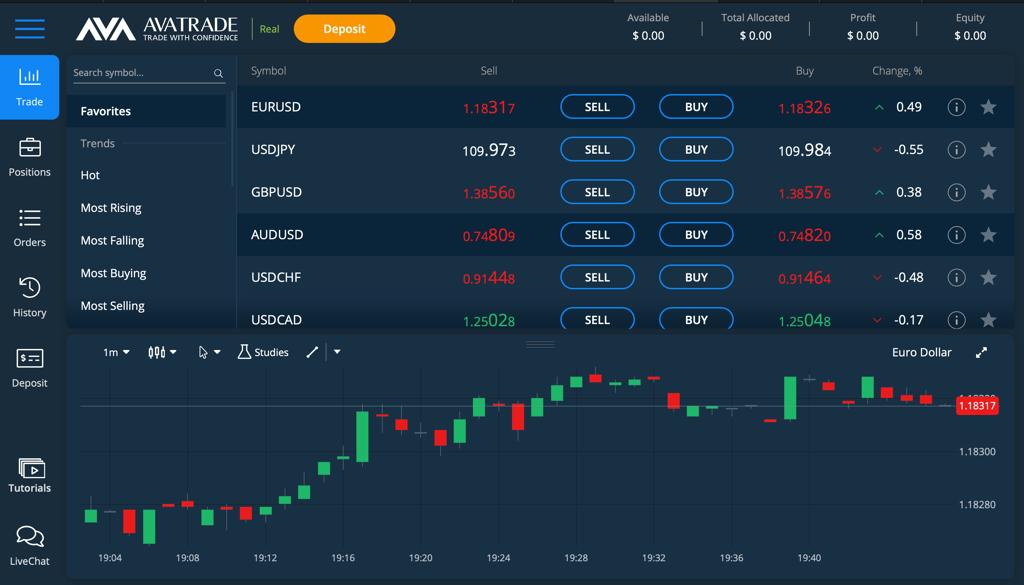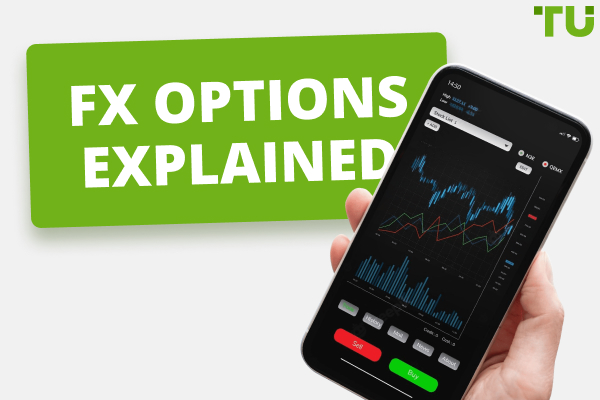Introduction

Image: www.forexcrunch.com
The foreign exchange (FX) market is a vast and complex arena where currencies are traded across international borders. Options, a versatile financial instrument, provide investors with powerful leverage to capitalize on currency fluctuations. This comprehensive guide will delve into the intricacies of FX options trading, providing a thorough understanding of how these instruments work and how to harness their potential.
Understanding FX Options
FX options are financial contracts that grant the holder the right, but not the obligation, to buy or sell a specified amount of currency at a predetermined price on or before a specified date. The two main types of FX options are call options and put options. Call options give the holder the right to buy, while put options give the holder the right to sell. The underlying asset in FX options is a currency pair, such as EURUSD or USDJPY.
How FX Options Work
When an investor buys an FX call option, they are essentially paying a premium for the right to buy a specified amount of currency at a predetermined price in the future. If the value of the underlying currency rises above the strike price (the predetermined price), the investor can exercise the option and lock in a profit. The option holder can also choose to sell the option in the market for a profit without exercising it.
Conversely, when an investor buys an FX put option, they are purchasing the right to sell a specified amount of currency at a predetermined price in the future. If the value of the underlying currency falls below the strike price, the investor can exercise the option and sell at the higher strike price, thus profiting from the currency’s decline.
Benefits of FX Options Trading
FX options trading offers several benefits to investors:
- Leverage: FX options provide investors with the potential to leverage their capital, increasing the size of their trades relative to their initial investment.
- Volatility: FX options can be an effective tool for profiting from currency volatility, as they provide a way to bet on changes in exchange rates.
- Hedging: FX options can be utilized for hedging purposes, allowing investors to reduce the risk of adverse currency fluctuations.
- Diversification: FX options can enhance portfolio diversification, providing exposure to currency markets that might not be part of a traditional stock or bond portfolio.
Key Considerations in FX Options Trading
Engaging in FX options trading requires careful consideration of several key factors:
- Options Premiums: The premium paid for an FX option represents the cost of purchasing the right to buy or sell the underlying currency.
- Currency Risk: FX options carry currency risk, as the value of the underlying currency can fluctuate against the investor’s home currency.
- Time Decay: FX options have a limited lifespan, and the value of the option decays over time.
- Option Maturity: The expiration date of an FX option determines when the option holder must decide whether to exercise or sell the option.
Conclusion
FX options trading provides investors with a versatile tool to profit from currency fluctuations and manage currency risk. By understanding the mechanics of FX options and considering the key factors involved, investors can approach FX options trading with confidence and maximize their chances of success. As always, thorough research and a prudent risk management strategy are essential for navigating the complexities of the FX market.

Image: bncd.ca
Learn Fx Options Trading

Image: tradersunion.com






